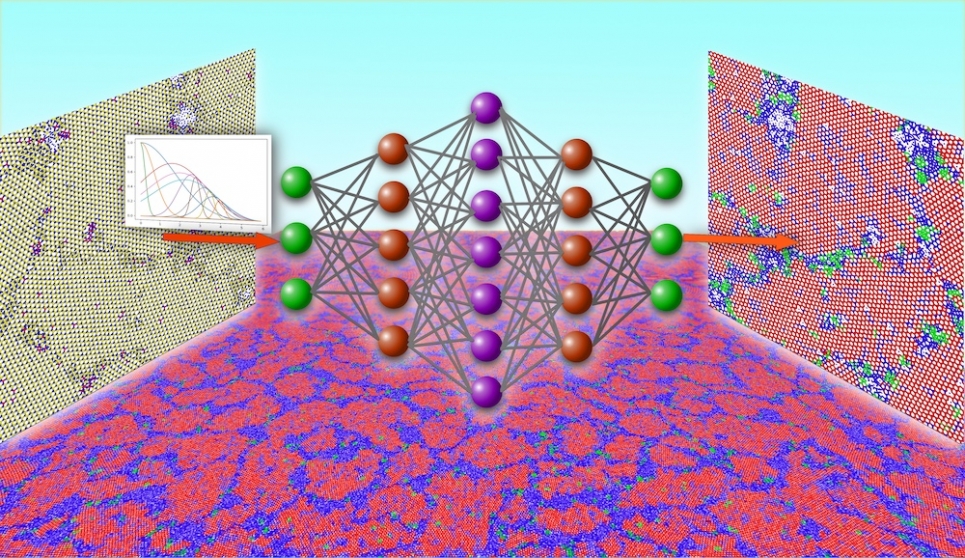
Toward Physics-Constrained Training in Machine Learning
Growing interest in leveraging neural networks to model physical phenomena has led to the development of physics-informed neural networks (PINNs) that encode information about the underlying physics into the network architecture or training problem. The latter approach, where the training is reformulated as a constrained optimization problem, is particularly appealing as it more easily generalizes to different constraint types and application areas. However, state-of-the-art constrained optimization methods are incompatible with mini-batch gradients often used in the presence of large data sets. This restriction has forced researchers to rely on old and suboptimal penalty methods rife with convergence and parameter tuning difficulties. In this talk, we will introduce two alternative approaches to solving constrained training problems that seek to address these challenges, evaluate their effectiveness on a plasma physics application, and discuss related future work on PINNs that are grounded on first-order optimality principles.
Please use this link to attend the virtual seminar: